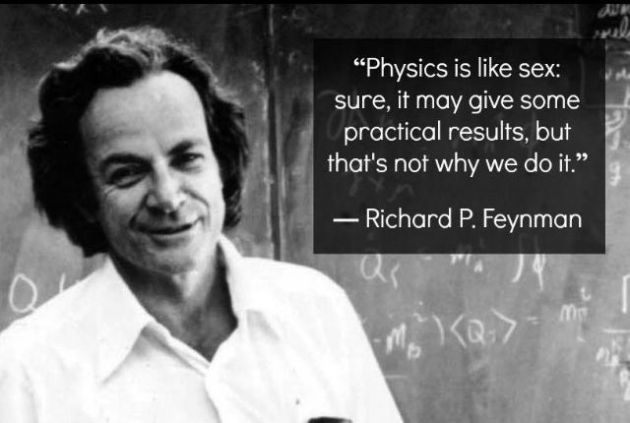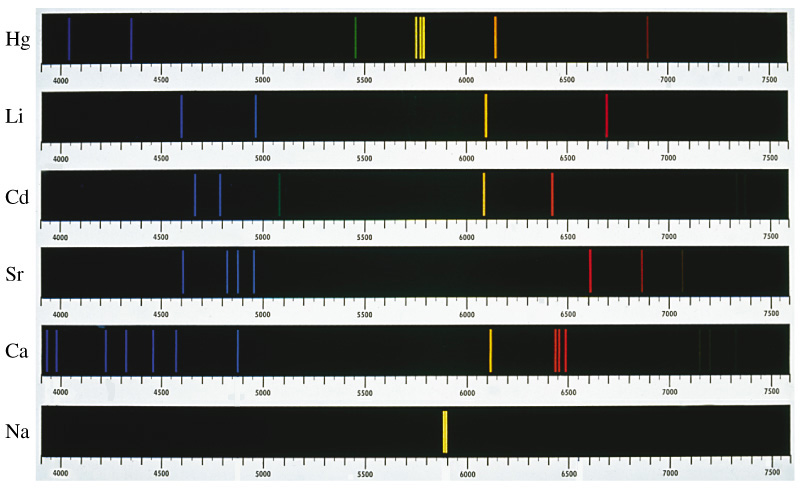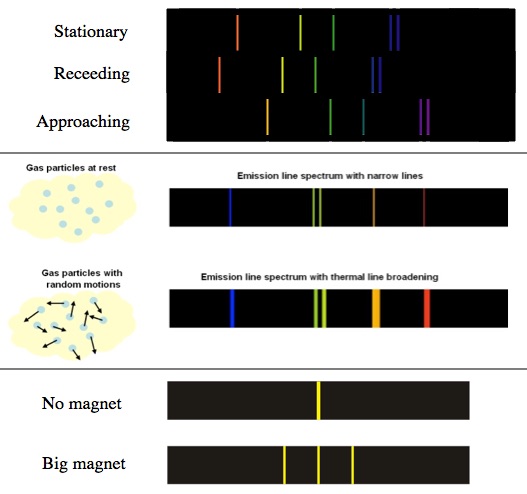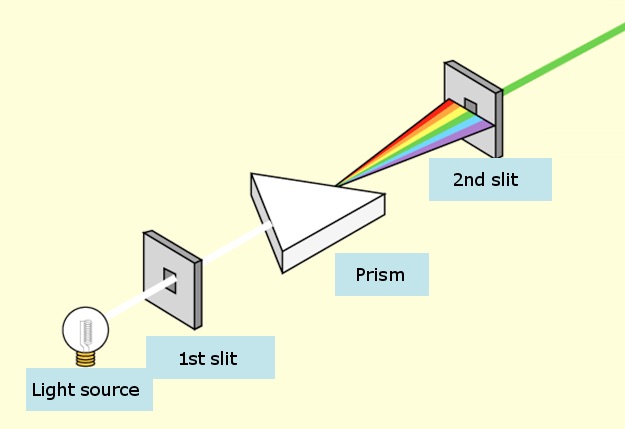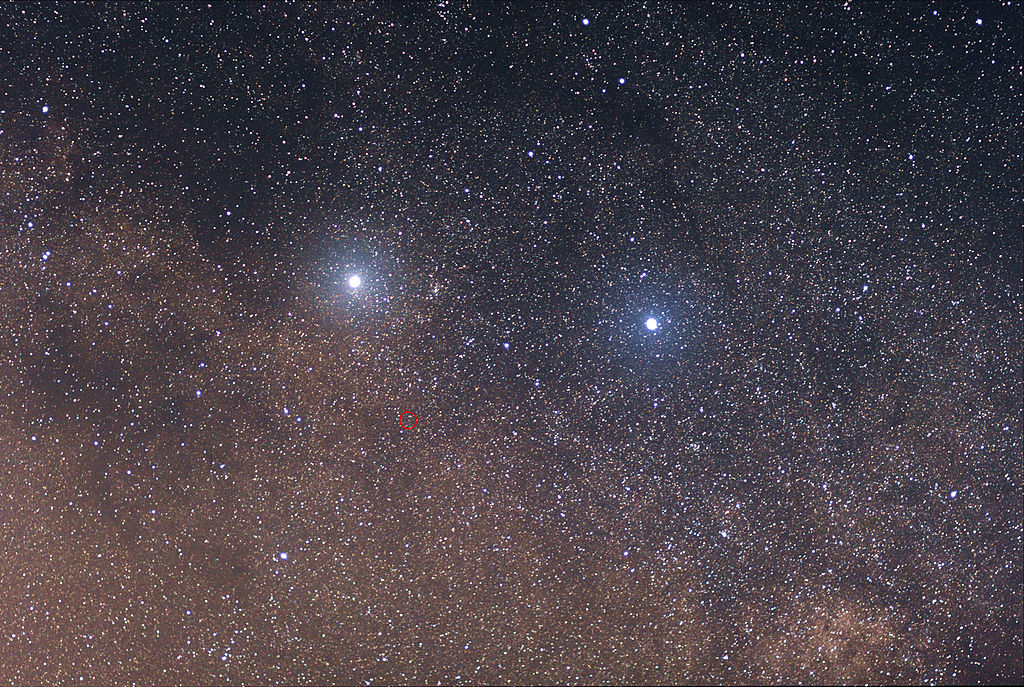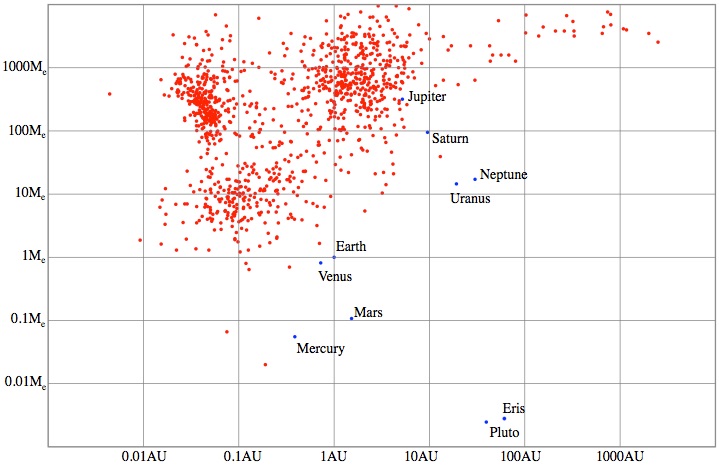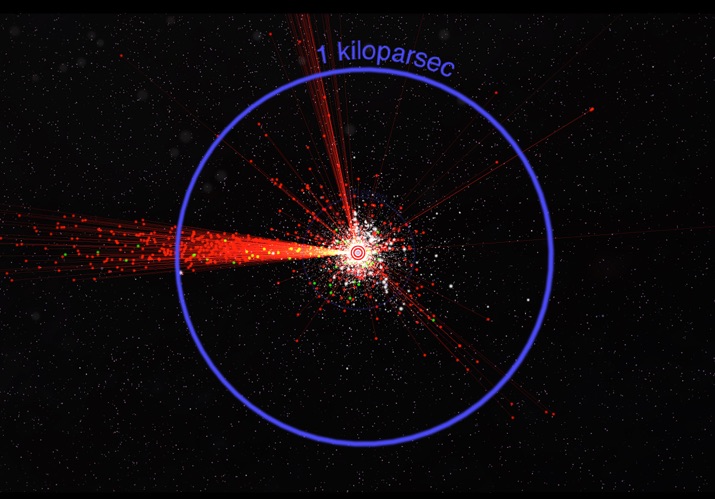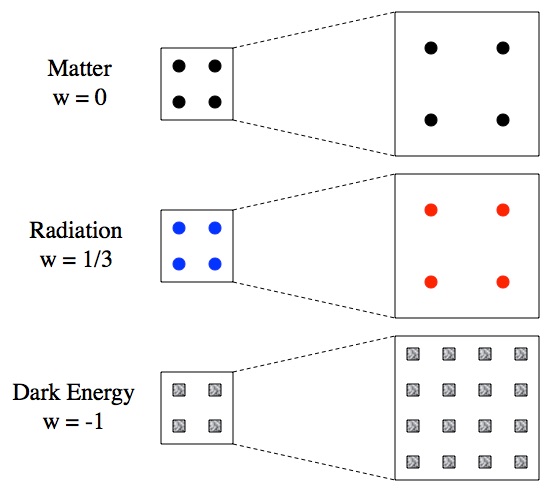Physicist: The very short answer is: yes, but not in time-traveler-kind-of-way.
There is a “symmetry” in physics implied by our most fundamental understanding of physical law, and is never violated by any known process, that’s called the “CPT symmetry“. It says that if you take the universe and everything in it and flip the electrical charge (C), invert everything as though through a mirror (P), and reverse the direction of time (T), then the base laws of physics all continue to work the same.
Together, the PT amount to putting a negative on the spacetime position, . In addition to time this reflects all three spacial directions, and since each of these reflections reverses parity (flips left and right), these three reflections amount to just one P. You find, when you do this (PT) in quantum field theory, that if you then flip the charge of the particles involved (C), then overall nothing really changes. In literally every known interaction and phenomena (on the particle level), flipping all of the coordinates (PT) and the charge (C) leaves the base laws of physics unchanged. It’s worth considering these flips one at a time.
Charge Conjugation Flip all the charges in the universe. Most important for us, protons become negatively charged and electrons become positively charged. Charge conjugation keeps all of the laws of electromagnetism unchanged. Basically, after reversing all of the charges, likes are still likes (and repel) and opposites are still opposites (and attract).
Time Reversal If you watch a movie in reverse a lot of nearly impossible things happen. Meals are uneaten, robots are unexploded, words are unsaid, and hearts are unbroken. The big difference between the before and after in each situation is entropy, which almost always increases with time. This is a “statistical law” which means that it only describes what “tends” to happen. On scales-big-enough-to-be-seen entropy “doesn’t tend” to decrease in the sense that fire “doesn’t tend” to change ash into paper; it is a law as absolute as any other. But on a very small scale entropy becomes more suggestion than law. Interactions between individual particles play forward just as well as they play backwards, including particle creation and annihilation.

Left: An electron and a positron annihilate producing two photons. Right: Two photons interact creating an electron and a positron. We see both of these events in nature routinely and they are literally time-reverses of each other.
Parity If you watch the world through a mirror, you’ll never notice anything amiss. If you build a car, for example, and then build another that is the exact mirror opposite, then both cars will function just as well as the other. It wasn’t until 1956 that we finally had an example of something that behaves differently from its mirror twin. By putting ultra-cold radioactive cobalt-60 in a strong magnetic field the nuclei, and the decaying neutrons, were more or less aligned and we found that the electrons shot out (β– radiation) in one direction preferentially.

Chien-Shiung Wu in 1956 demonstrating how difficult it is to build something that behaves differently than its mirror image.
The way matter interacts through the weak force has handedness in the sense that you can genuinely tell the difference between left and right. During β– (“beta minus”) decay a neutron turns into a proton while ejecting an electron, an anti-electron neutrino, and a photon or two (usually) out of the nucleus. Neutrons have spin, so defining a “north” and “south” in analogy to the way Earth rotates, it turns out that the electron emitted during β– decay is always shot out of the neutron’s “south pole”. But mirror images spin in the opposite direction (try it!) so their “north-south-ness” is flipped. The mirror image of the way neutrons decay is impossible. Just flat out never seen in nature. Isn’t that weird? There doesn’t have to be a “parity violation” in the universe, but there is.
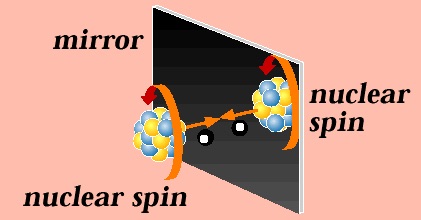
Matter’s interaction with the weak force is “handed”. When emitting beta radiation (a weak interaction) matter and anti-matter are mirrors of each other.
Parity and charge are how anti-matter is different from matter. All anti-matter particles have the opposite charge of their matter counterparts and their parity is flipped in the sense that when anti-particles interact using the weak force, they do so like matter’s image in a mirror. When an anti-neutron decays into an anti-proton, a positron, and an electron-neutrino, the positron pops out of its “north pole”.
CPT is why physicists will sometimes say crazy sounding things like “an anti-particle (CP) is like the normal particle traveling back in time (T)”. In physics, whenever you’re trying to figure out how an anti-particle will behave in a situation you can always reverse time and consider how a normal particle traveling into the past would act.

“Anti-matter acts like matter traveling backward in time”. Technically true, but not in a way that’s useful or particularly enlightening for almost anyone to know.
This isn’t as useful an insight as it might seem. Honestly, this is useful for understanding beta decay and neutrinos and the fundamental nature of reality or whatever, but as far as your own personal understanding of anti-matter and time, this is a remarkably useless fact. The “backward in time thing” is a useful way of describing individual particle interactions, but as you look at larger and larger scales entropy starts to play a more important role, and the usual milestones of passing time (e.g., ticking clocks, fading ink, growing trees) show up for both matter and anti-matter in exactly the same way. It would be a logical and sociological goldmine if anti-matter people living on an anti-matter world were all Benjamin Buttons, but at the end of the day if you had a friend made of anti-matter (never mind how), you’d age and experience time in exactly the same way. You just wouldn’t want to hang out in the same place.
The most important, defining characteristic of time is entropy and entropy treats matter and anti-matter in exactly the same way; the future is the future is the future for everything.




